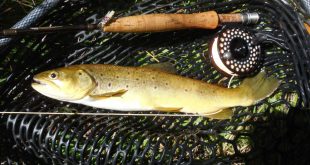If you manage it, they will thrive! “
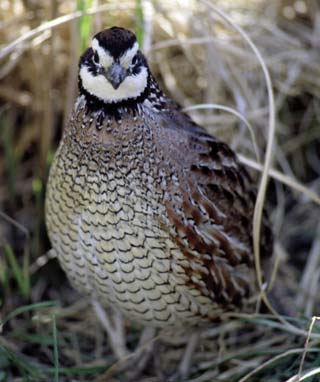
“We don’t always understand that you cannot plant wildlife habitat and let it go, it needs to be managed,” says Eric Zach, Agricultural Program Manager here at the Nebraska Game and Parks Commission. “A landowner must set the stage for better years regarding upland game bird nesting and brood-rearing cover,” he adds. Well put, Eric, well put!
With that information in mind, we travel to our Wagner family farm in southeast Nebraska where, just last week, we completed what is called mid-contract management (MCM) on the acres we have enrolled in the USDA’s 10-year Conservation Reserve Program (CRP). Not only was this required, you can see that our grasslands really needed it! Look how patchy and clumped the grass became.
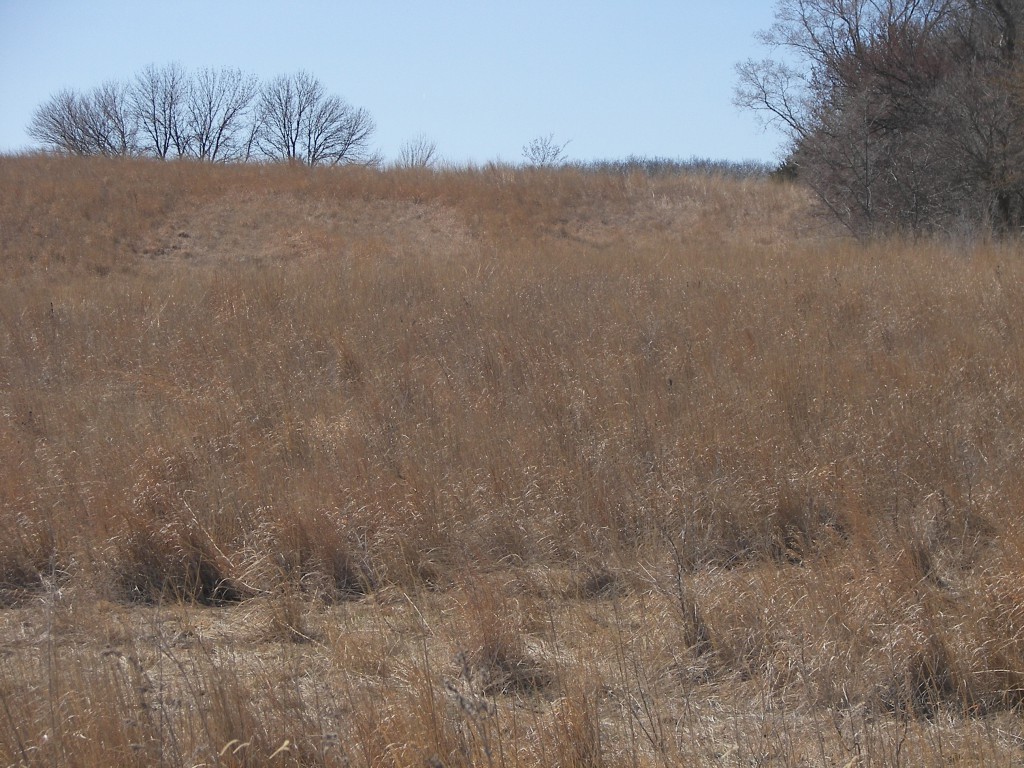
About midway in a Conservation Reserve Program contract, a landowner must perform one of a few practices to disturb those grassland acres for re-growth purposes. The USDA Farm Service Agency (FSA) provides an approximate 50 percent cost-share with the price of the seed and the conservation practice(s). In our case, this was to be accomplished with prescribed burning, or shallow disking and interseeding with forbs (wildflowers). Disturbance of older grass stands improve the cover’s vigor as wildlife habitat, as well as the stand’s ability to produce insects for young ground-nesting birds. Specifically, CRP mid-contract management will increase plant species and structural diversity of plant life. It will also provide wildlife early use of the vegetation, habitat for declining species, plus remove partly decayed organic matter on the grassland floor as well as control woody vegetation. Managing plant communities is essential for grassland bird species like meadowlarks, quail and pheasants. More diverse grasslands provide all the life cycle habitat requirements for multiple species in a small area. They are the “fields of dreams” for wildlife!
On the Wagner family farm, we actually wanted to do a prescribed burn on the CRP grassland acres but couldn’t because of the extreme dryness and a burn ban in effect for our area. With the deadlines fast-approaching to get our mid-contract work done before the nesting and brood-rearing seasons for ground-dwelling birds (May 1 for disking and May 14 for interseeding), our farmer/contractor – Jeff Scholting of rural Gretna, NE, along with his son Trevor, went into action quickly. They lightly disked the grassy fields one day and punched in forb seed mixes the following day. We were in a bit of a hurry as precipitation was in the weather forecast!

We interseeded those disked CRP acres with some 20 different forbs (wildflowers) as required by our CRP contract and to provide pollinator habitat for our northern bobwhite quail nesting and brood-rearing cover. Our habitat will also provide ample wintering cover.

So, if you’re wondering what these grasslands for optimum upland habitat will look like in a few more years, here’s an example from our farm.

Remember, wildlife habitat has to be managed, then a variety of things “wild” will be living there!
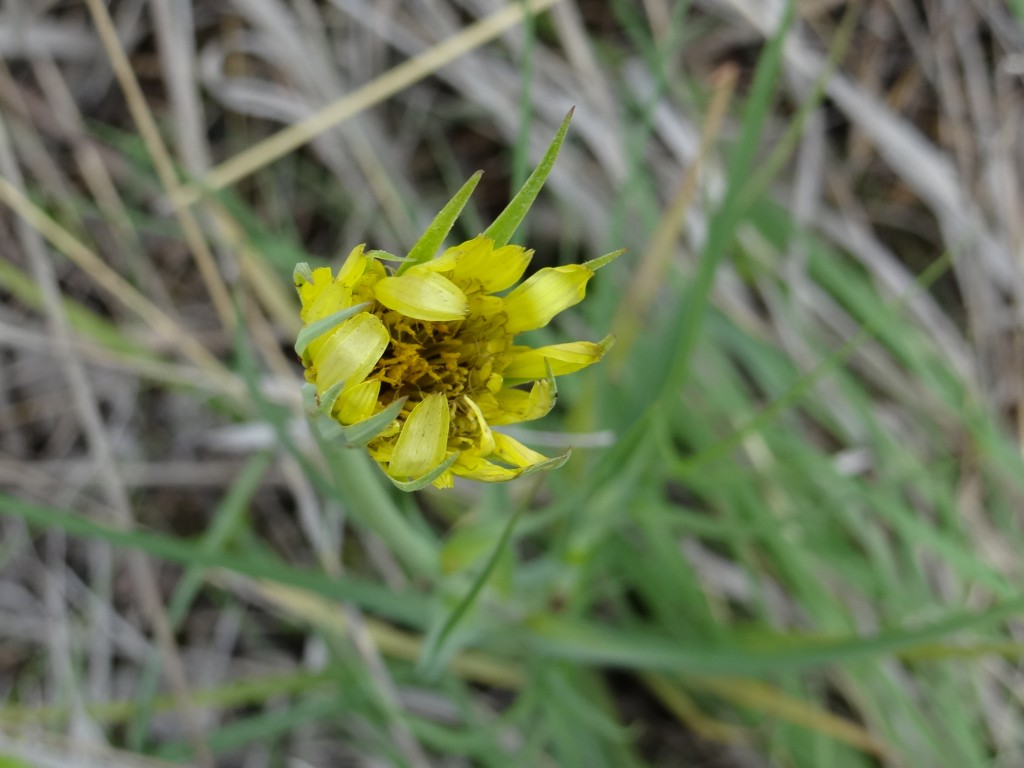
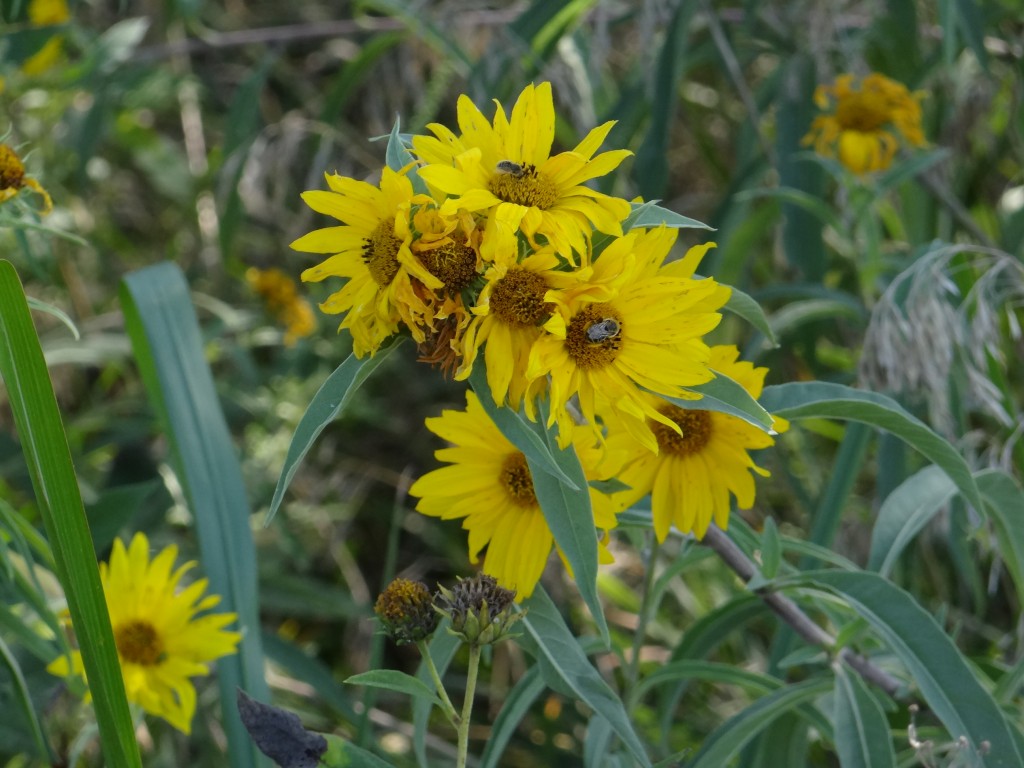

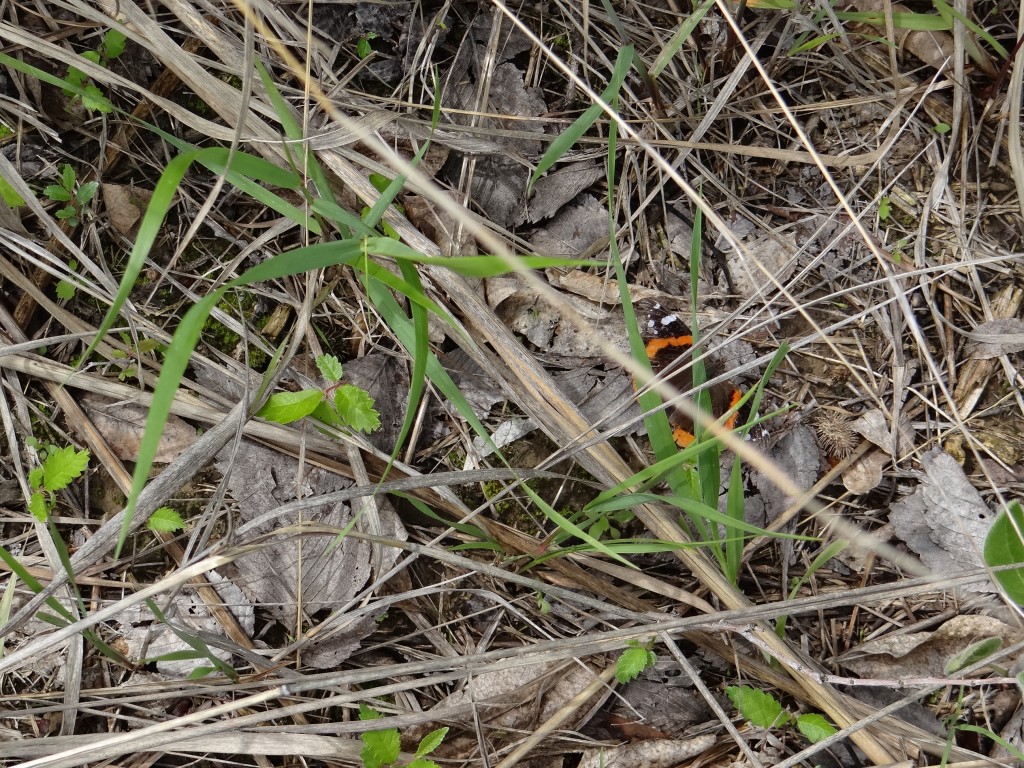
“Land, then, is not merely soil; it is a fountain of energy flowing through a circuit of soils, plants and animals.” – Aldo Leopold, Co-founder, The Wilderness Society.
 Nebraskaland Magazine
Nebraskaland Magazine

